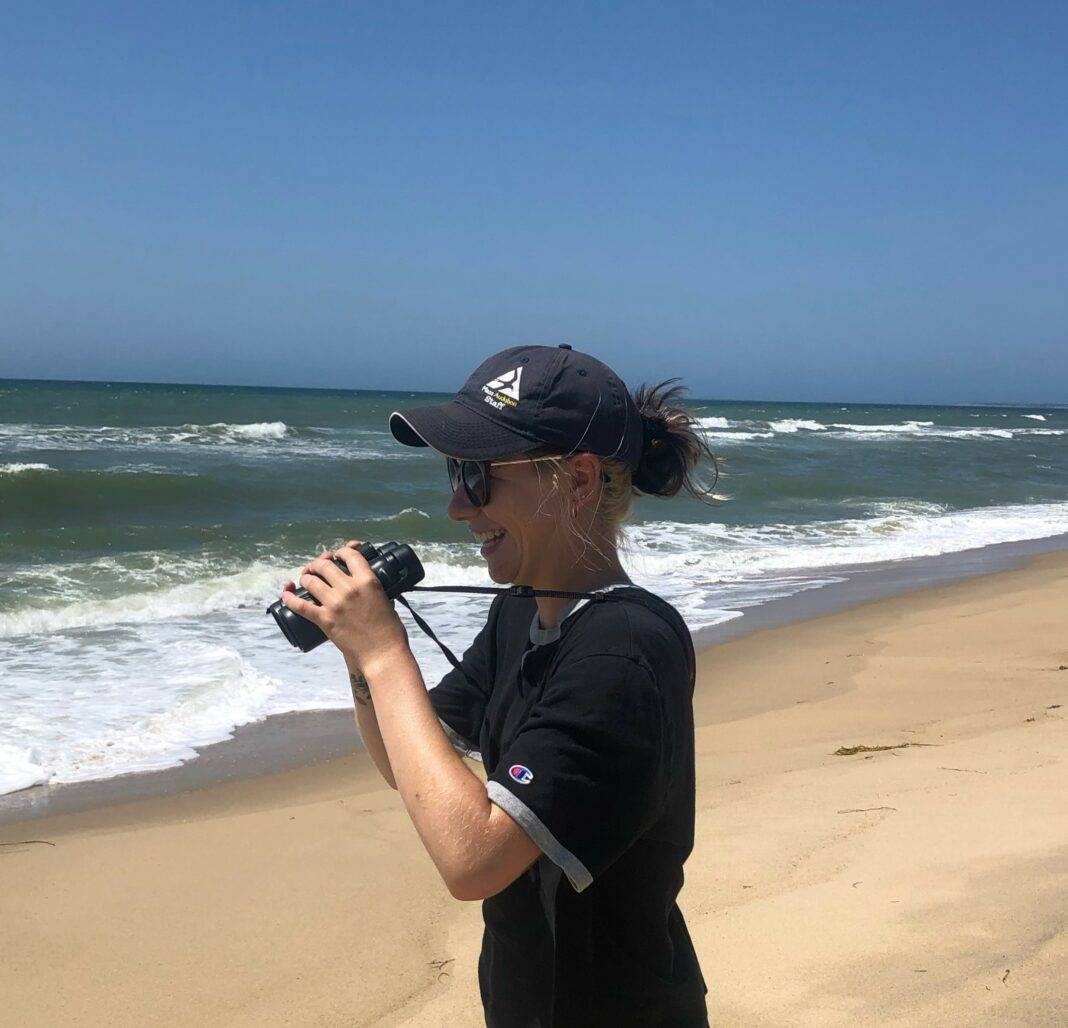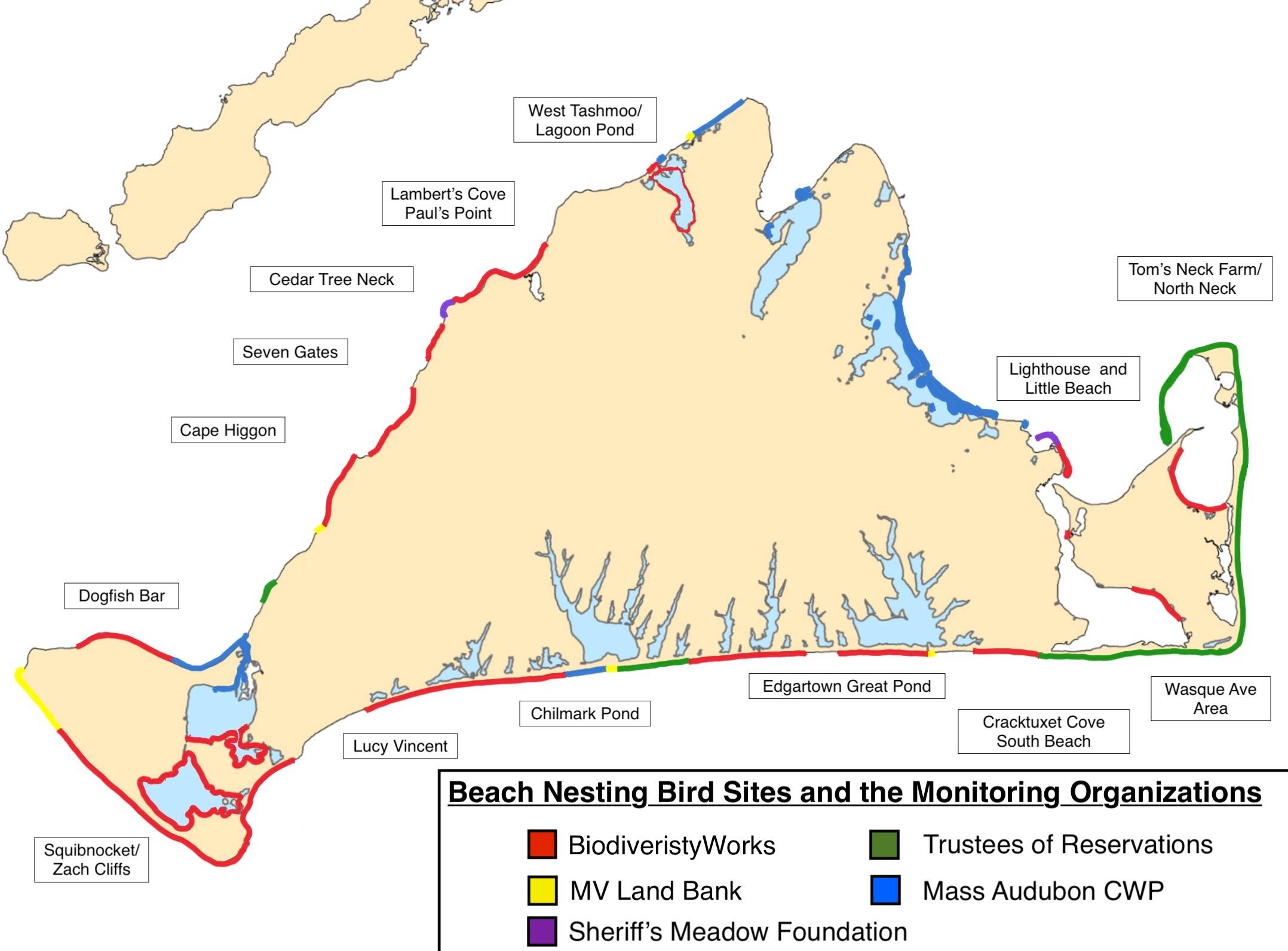To: Bluedot Living
From: Mass Audubon/Felix Neck
Subject: Protecting shorebirds
What is the first thing you notice when you walk onto a beach?
Is it the height of the waves crashing onto the shore? Are your eyes drawn to the horizon, where the water blurs into sky? Or does your gaze fall to your feet, noticing the beautiful, brightly colored shells and rocks decorating the shoreline?
Up and down the beach you trek, picking up the sea glass and beach stones. Shells of all species of sea critters can be found: scallop, clam, oyster, whelk, and snail. What else are you keeping an eye out for on the beach? Driftwood? Lost fishing lures?
How high of a priority is it for you to watch for a bird’s nest? Most of the time, when we think of bird nests our minds take us high into trees, nestled between branches, safe from the bustling world below. But have you ever thought to look down?
As a shorebird monitor for Mass Audubon’s Coastal Waterbird Program at Felix Neck, evidence of nesting activity is the first thing I look for. My job is to protect, and educate the public about, five different species of beach-nesting birds: piping plover, American oystercatcher, least tern, common tern, and roseate tern.
Birds form pairs in the spring that last throughout the whole nesting season, sometimes for life. All five species lay their eggs directly in the sand. A natural camouflage makes the eggs nearly indistinguishable from a speckled stone.
After eggs are laid, one of the two parents will almost always be incubating the nest. Incubating is a parent’s best strategy for nest defense, but if a person or predator gets too close to a nest, the parent will flush, or fly off. Flushed parents often frantically call out, or perform a broken wing display, in an attempt to draw the predator’s attention away from their young.
Gulls, crows, skunks, and even dogs are common predators of unattended eggs. It’s important to be aware that a careless step, or a cooler dragged through the sand can do just as much harm to a nest as these predators. An entire summer’s worth of hard work can be destroyed in a matter of seconds.
Next time you walk out onto a beach, if you are mindful of who you’re sharing it with you can be the difference in an international conservation effort! Please respect habitat that has been fenced, give shorebirds plenty of room to avoid flushing parents off of incubated nests, and if you are accompanied by a furry friend, keep them on a leash and walk down by the water’s edge.
Finally, remember that keeping our ecosystems rich and diverse is one of the best ways to care for our beautiful, natural world. There’s plenty of beach to share the shore.


